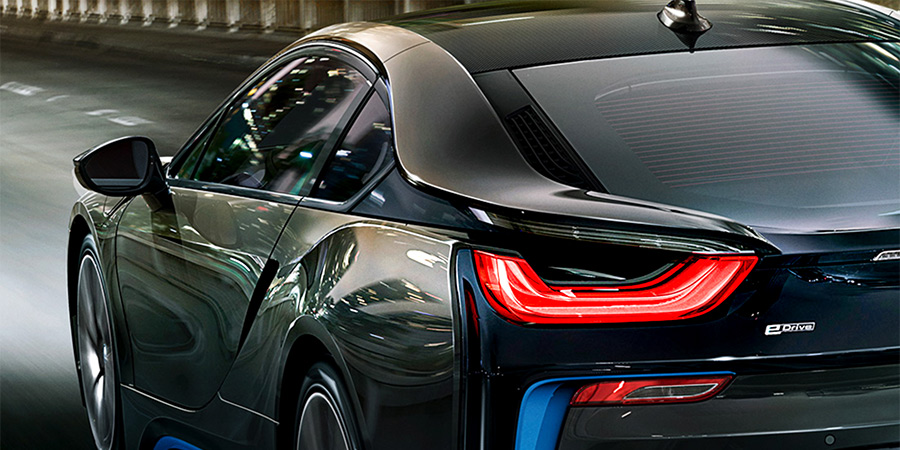Automotive Glass
Includes windscreens, side and rear windows, and glass panel roofs on a vehicle.
The window shield of a car is appropriate for safety and protection of debri in the road. It also comforts the driver as well.
Windshields are generally made of laminated safety glass, a type of treated glass, which consists of two (typically) curved sheets of glass with a plastic layer ( typically PVB ) laminated between them for safety, and are bonded into the window frame.
Side, rear and sun roof glasses are usually tempered or in some countries also laminated. Tempered glass, also known as toughened glass, is produced by heating annealed glass to approximately 650 · C, at which point it begins to soften.
Its outer surface are then cooled rapidly, creating high compression in them. Its strength is usually increased by a factor of four or five times that of annealed glass. Tempering also imparts a unique safety characteristic, so that when fully tempered glass breaks, it fractures into relatively harmless fragments.
With the same technologies of Tempering and laminating, we can produce the windows for Trains, Busses and Ships.
Each country or continent have their own quality standard or even each car OEM suppliers have their quality specifications but generally one of the most common standard is ECE R43 for car glasses.
